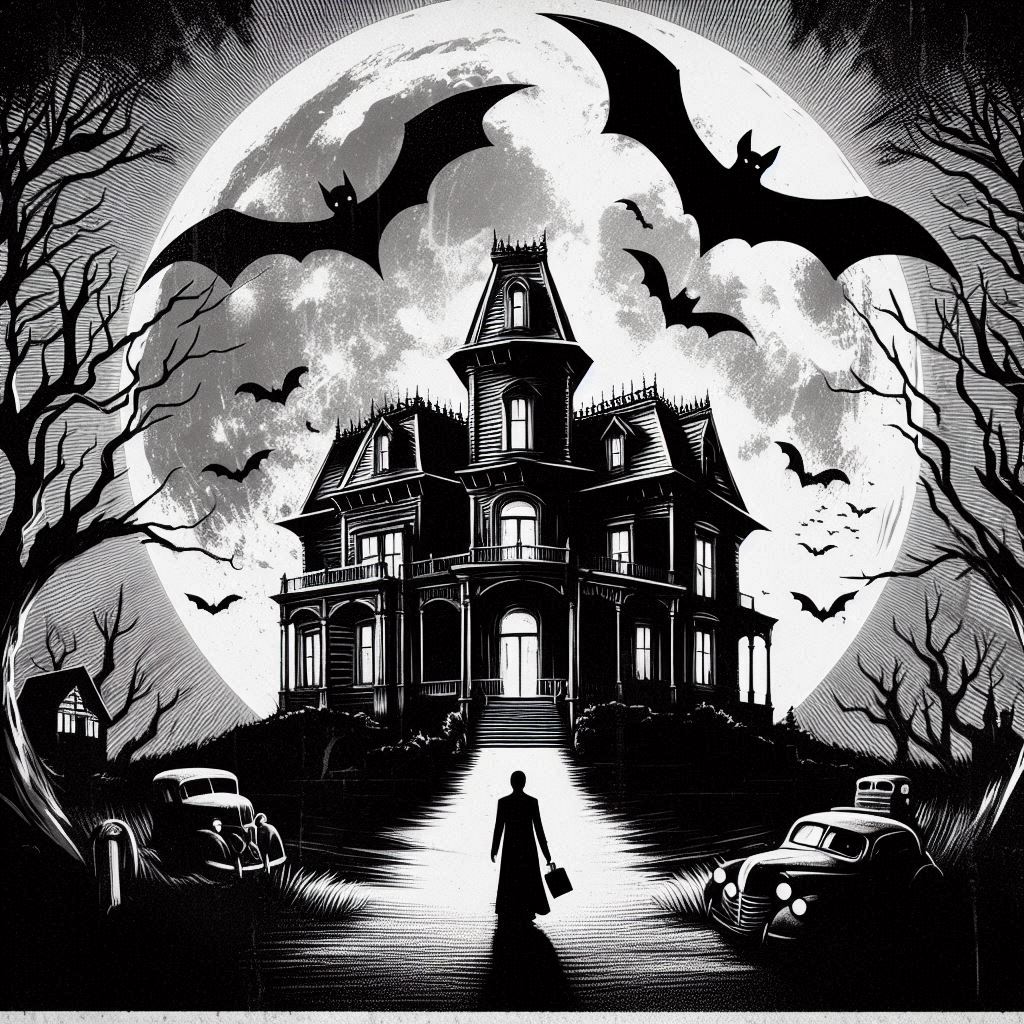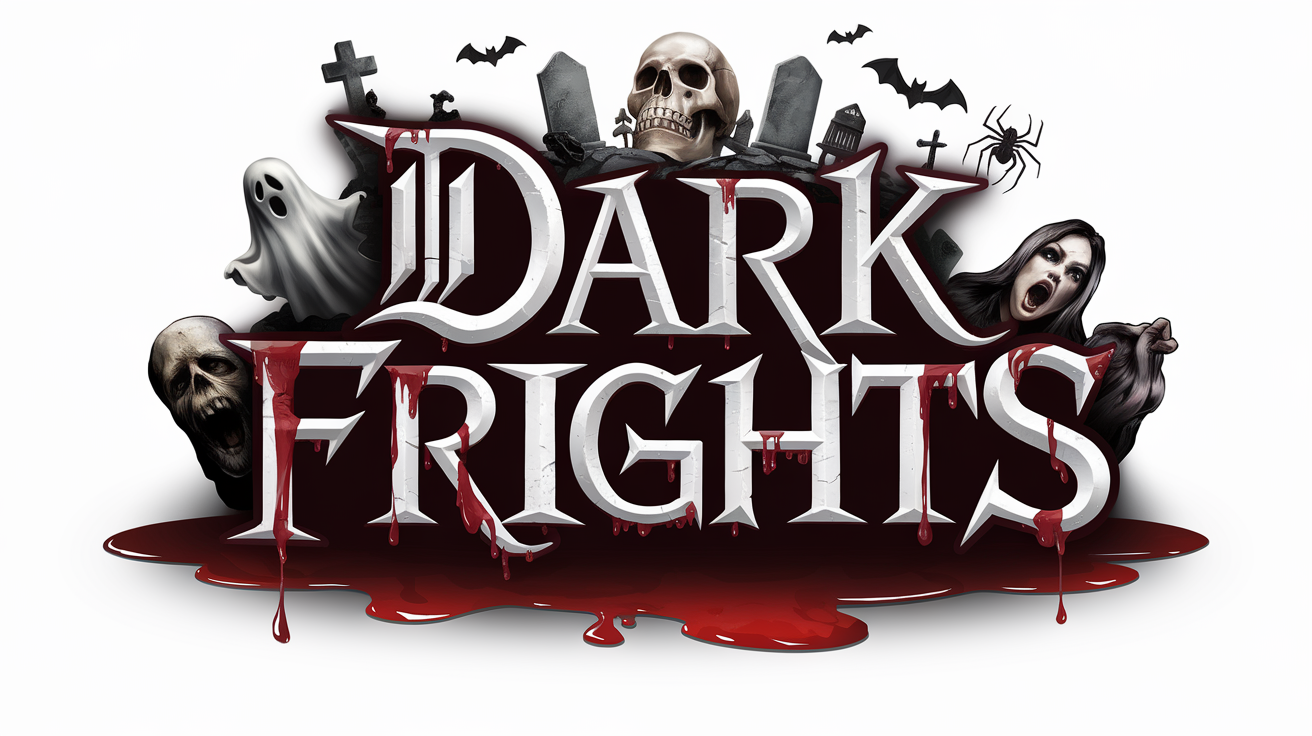Horror movies have undergone a dramatic transformation since their inception in the early 20th century. From the haunting silences of the silent film era to the spine-tingling psychological thrillers of today, the genre has evolved to reflect changing societal fears, technological advancements, and creative innovations. Let’s take a journey through the chilling evolution of horror films.
The Silent Era (1890s-1920s)
The horror genre began with silent films, relying heavily on visual storytelling, eerie atmospheres, and exaggerated expressions to convey fear. Early classics like The Cabinet of Dr. Caligari (1920) introduced audiences to the unsettling realms of German Expressionism, with its stark, angular set designs and shadowy visuals that have influenced the genre ever since. Another landmark film, Nosferatu (1922), brought the vampire mythos to life with haunting imagery that still lingers in the collective cinematic memory.
The Golden Age of Hollywood (1930s-1940s)
The 1930s saw the advent of sound, giving rise to iconic horror films produced by Universal Pictures. This era introduced legendary monsters like Dracula, Frankenstein, and The Mummy, with actors like Bela Lugosi and Boris Karloff becoming synonymous with the genre. The addition of sound allowed filmmakers to use music, dialogue, and sound effects to enhance the sense of dread and suspense, making these films more immersive and terrifying.
Post-War Horror and Sci-Fi (1950s-1960s)
The post-World War II era saw a shift in horror themes, reflecting societal anxieties about nuclear technology and space exploration. Films like Godzilla (1954) and The Day the Earth Stood Still (1951) combined horror with science fiction, exploring the dangers of atomic energy and extraterrestrial threats. This period also saw the rise of B-movies and creature features, which, despite their low budgets, captured the imagination of audiences and cemented certain tropes in horror cinema.
The Rise of Slashers and Psychological Horror (1970s-1980s)
The 1970s and 1980s marked a significant evolution in the horror genre, with the emergence of slasher films and psychological horror. Halloween(1978) by John Carpenter introduced the world to Michael Myers, a relentless killer whose silent menace became a hallmark of the slasher sub-genre. Similarly, films like The Texas Chain Saw Massacre (1974) and Friday the 13th (1980) established the formula of a masked killer stalking and murdering a group of people, often teenagers.

At the same time, directors like Stanley Kubrick with The Shining (1980) and Roman Polanski with Rosemary’s Baby (1968) delved into psychological horror, creating films that explored the human mind’s darkest corners. These movies emphasized atmosphere, tension, and character development over gore, leaving audiences with a lingering sense of unease.
The Revival and Innovation (1990s-2000s)
The 1990s and 2000s saw a revival of the horror genre, with filmmakers experimenting with new themes and techniques. Wes Craven’s Scream(1996) revitalized the slasher genre with its meta-commentary on horror tropes, while The Blair Witch Project (1999) popularized the found footage sub-genre, using handheld cameras and a documentary-style approach to create a sense of realism and immediacy.
This period also saw the rise of supernatural horror, with films like The Sixth Sense (1999) and The Ring (2002) blending traditional ghost stories with modern psychological elements. The advent of digital technology allowed for more sophisticated special effects, enabling filmmakers to create visually stunning and terrifying experiences.
Modern Horror and Psychological Thrillers (2010s-Present)
In recent years, the horror genre has continued to evolve, with a renewed focus on psychological thrills and social commentary. Directors like Jordan Peele with Get Out (2017) and Ari Aster with Hereditary (2018) have crafted films that not only scare but also provoke thought, using horror to explore themes of race, family, and trauma.
The genre has also seen a resurgence in popularity thanks to streaming platforms, which have made horror films more accessible to a global audience. Movies like The Babadook (2014) and It Follows (2014) have gained cult status for their unique takes on psychological horror, proving that the genre remains as inventive and relevant as ever.
KO’s Conclusion
From the silent screams of the early 20th century to the mind-bending psychological terrors of today, horror movies have continually adapted to reflect the fears and fascinations of their times. As technology and storytelling techniques continue to evolve, the genre promises to keep audiences on the edge of their seats, ever ready for the next frightful innovation.
Whether you’re a fan of classic monsters, slasher flicks, or thought-provoking thrillers, the rich history of horror cinema offers something to both terrify and delight.

